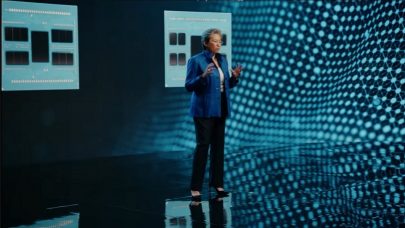
How AMD Used Its Chiplet Advantage to Design MI300X GPU and Bergamo CPU
June 14, 2023
Swap out a few silicon parts, and voila, you have a spanking new chip that did not take much work to design. That is how AMD's CEO, Lisa Su described the company making of its new MI300X GPU and its 128-core Epyc chip code-named Bergamo, which is targeted at dense server chips. Read more…

AMD Shows Off MI300 Chip for the First Time
January 5, 2023
At the tail end of AMD’s 75-minute CES keynote, held yesterday in Las Vegas and via livestream, CEO Lisa Su shared new details of the forthcoming MI300 chip and publicly unveiled the silicon. The MI300 (teased earlier this year) is the first to combine a CPU, GPU and memory into a single integrated design, incorporating nine 5nm chiplets that are 3D stacked on top of four 6nm chiplets with 128 gigabytes of HBM3 memory. Read more…
AMD Thrives in Servers amid Intel Restructuring, Layoffs
November 12, 2022
Chipmakers regularly indulge in a game of brinkmanship, with an example being Intel and AMD trying to upstage one another with server chip launches this week. But each of those companies are in different positions, with AMD playing its traditional role of a scrappy underdog trying to unseat the behemoth Intel... Read more…
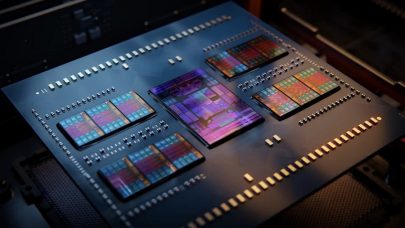
AMD’s Genoa CPUs Offer Up to 96 5nm Cores Across 12 Chiplets
November 10, 2022
AMD’s fourth-generation Epyc processor line has arrived, starting with the “general-purpose” architecture, called “Genoa,” the successor to third-gen Eypc Milan, which debuted in March of last year. At a launch event held today in San Francisco, AMD announced the general availability of the latest Epyc CPUs with up to 96 TSMC 5nm Zen 4 cores... Read more…
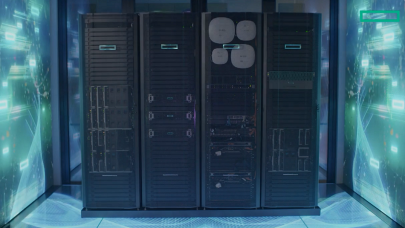
HPE Adapting New Server Hardware to Changing Cloud Models
November 1, 2022
Server hardware has taken a backseat to software-defined virtual machines handling datacenter workloads, but HPE is emphasizing the importance of hardware in these virtual operating models. HPE created waves when it released the next-generation ProLiant Gen11 servers with a flagship server based on Arm CPUs, which sent a strong... Read more…

HPE to Build 100+ Petaflops Shaheen III Supercomputer
September 27, 2022
The King Abdullah University of Science and Technology (KAUST) in Saudi Arabia has announced that HPE has won the bid to build the Shaheen III supercomputer. Sh Read more…
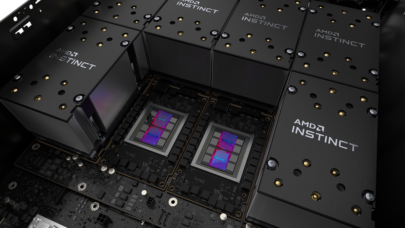
AMD Launches Milan-X CPU with 3D V-Cache and Multichip Instinct MI200 GPU
November 8, 2021
At a virtual event this morning, AMD CEO Lisa Su unveiled the company’s latest and much-anticipated server products: the new Milan-X CPU, which leverages AMD’s new 3D V-Cache technology; and its new Instinct MI200 GPU, which provides up to 220 compute units across two Infinity Fabric-connected dies, delivering an astounding 47.9 peak double-precision teraflops. “We're in a high-performance... Read more…
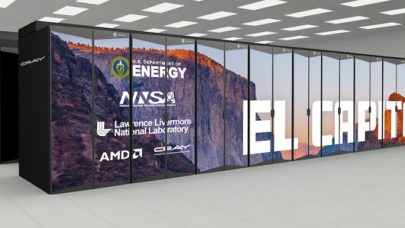
Exascale Watch: El Capitan Will Use AMD CPUs & GPUs to Reach 2 Exaflops
March 4, 2020
HPE and its collaborators reported today that El Capitan, the forthcoming exascale supercomputer to be sited at Lawrence Livermore National Laboratory and serve Read more…

- Click Here for More Headlines

Whitepaper
Transforming Industrial and Automotive Manufacturing
In this era, expansion in digital infrastructure capacity is inevitable. Parallel to this, climate change consciousness is also rising, making sustainability a mandatory part of the organization’s functioning. As computing workloads such as AI and HPC continue to surge, so does the energy consumption, posing environmental woes. IT departments within organizations have a crucial role in combating this challenge. They can significantly drive sustainable practices by influencing newer technologies and process adoption that aid in mitigating the effects of climate change.
While buying more sustainable IT solutions is an option, partnering with IT solutions providers, such and Lenovo and Intel, who are committed to sustainability and aiding customers in executing sustainability strategies is likely to be more impactful.
Learn how Lenovo and Intel, through their partnership, are strongly positioned to address this need with their innovations driving energy efficiency and environmental stewardship.
Download Now
Sponsored by Lenovo
Whitepaper
How Direct Liquid Cooling Improves Data Center Energy Efficiency
Data centers are experiencing increasing power consumption, space constraints and cooling demands due to the unprecedented computing power required by today’s chips and servers. HVAC cooling systems consume approximately 40% of a data center’s electricity. These systems traditionally use air conditioning, air handling and fans to cool the data center facility and IT equipment, ultimately resulting in high energy consumption and high carbon emissions. Data centers are moving to direct liquid cooled (DLC) systems to improve cooling efficiency thus lowering their PUE, operating expenses (OPEX) and carbon footprint.
This paper describes how CoolIT Systems (CoolIT) meets the need for improved energy efficiency in data centers and includes case studies that show how CoolIT’s DLC solutions improve energy efficiency, increase rack density, lower OPEX, and enable sustainability programs. CoolIT is the global market and innovation leader in scalable DLC solutions for the world’s most demanding computing environments. CoolIT’s end-to-end solutions meet the rising demand in cooling and the rising demand for energy efficiency.
Download Now
Sponsored by CoolIT
Advanced Scale Career Development & Workforce Enhancement Center
Featured Advanced Scale Jobs:
HPCwire Resource Library
HPCwire Product Showcase
© 2024 HPCwire. All Rights Reserved. A Tabor Communications Publication
HPCwire is a registered trademark of Tabor Communications, Inc. Use of this site is governed by our Terms of Use and Privacy Policy.
Reproduction in whole or in part in any form or medium without express written permission of Tabor Communications, Inc. is prohibited.
























